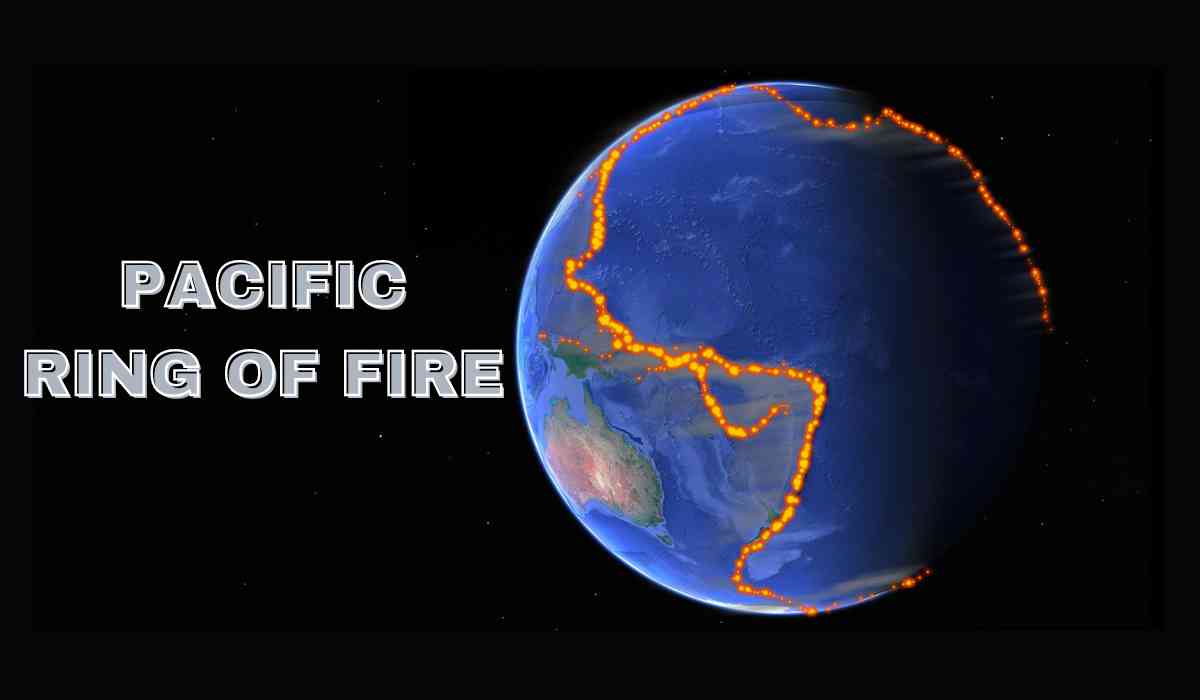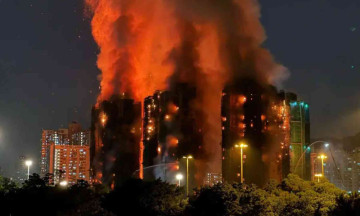Earthquakes are nature's way of reminding us that even the ground occasionally needs a good shake-up.
On Wednesday morning, a formidable earthquake with a magnitude of 7.4 shook the region, originating just before 8:00 am local time. Its epicenter was situated 18 kilometers south of Taiwan’s Hualien City. This seismic event, striking at a depth of 34.8 kilometers, inflicted significant casualties and damage to infrastructure, marking it as the most potent earthquake Taiwan has experienced in decades. Though the quake triggered tsunami warnings initially, they were later rescinded, though alerts extended to regions as distant as Japan and the Philippines.
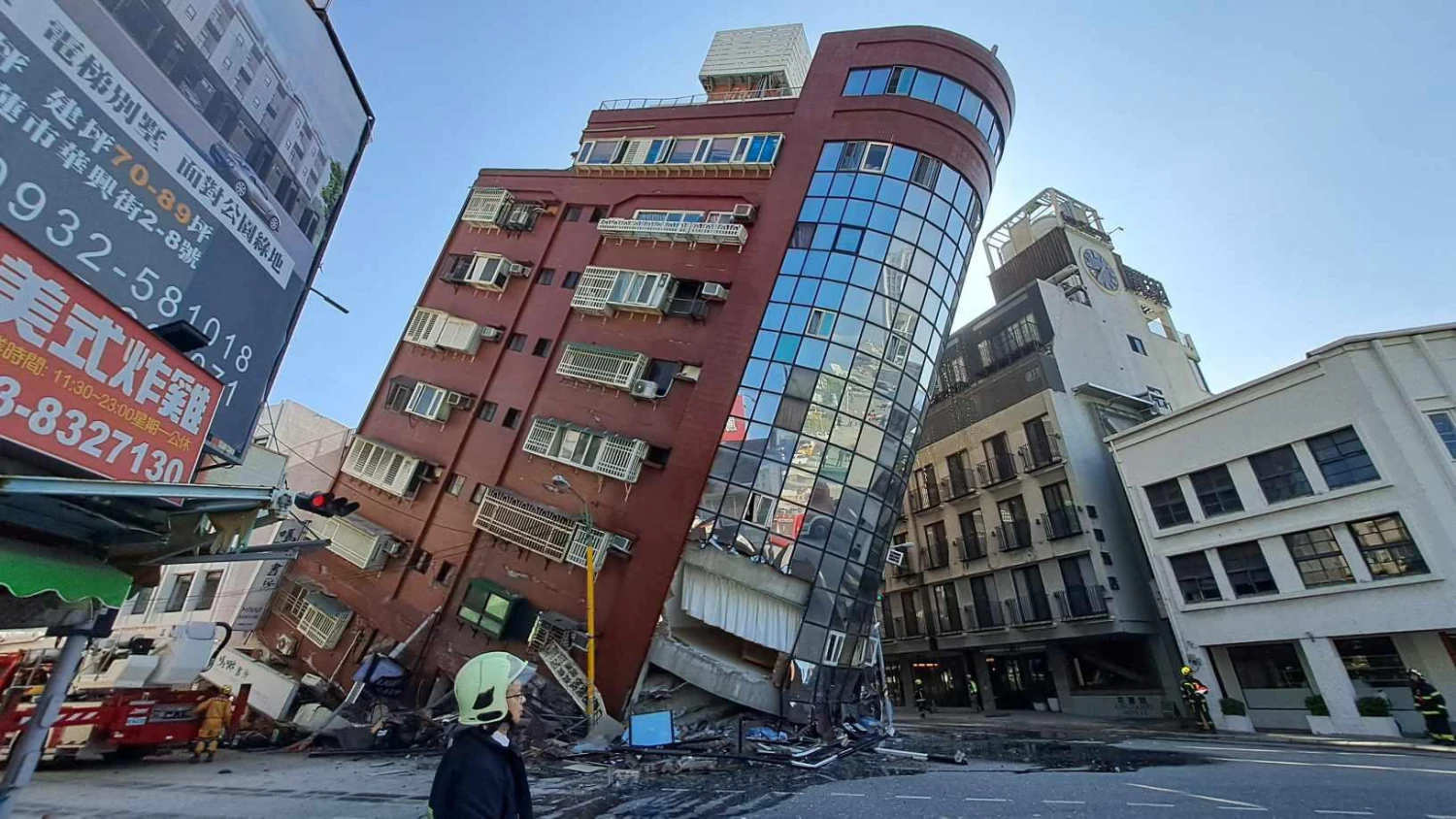
Impact of Wednesday’s Earthquake
- Seismic force of earthquake triggered tsunami alerts in southern Japan and the Philippines.
- The aftermath included approximately 24 landslides, downed power lines, and structural damage with some buildings tilting precariously at 45-degree angles, while others collapsed entirely.
- Over 35 roads, bridges, and tunnels sustained damage
- Train services were briefly halted due to twisted tracks caused by the quake's stress
- Taiwan’s meteorological agency recorded more than 50 aftershocks, with the count rising to 201 by evening, some reaching magnitudes of 6.5 or higher
- Rescue efforts underway for 52 missing individuals.
- Fire authorities reported successful rescue operations, including 70 people trapped in tunnels near Hualien City.
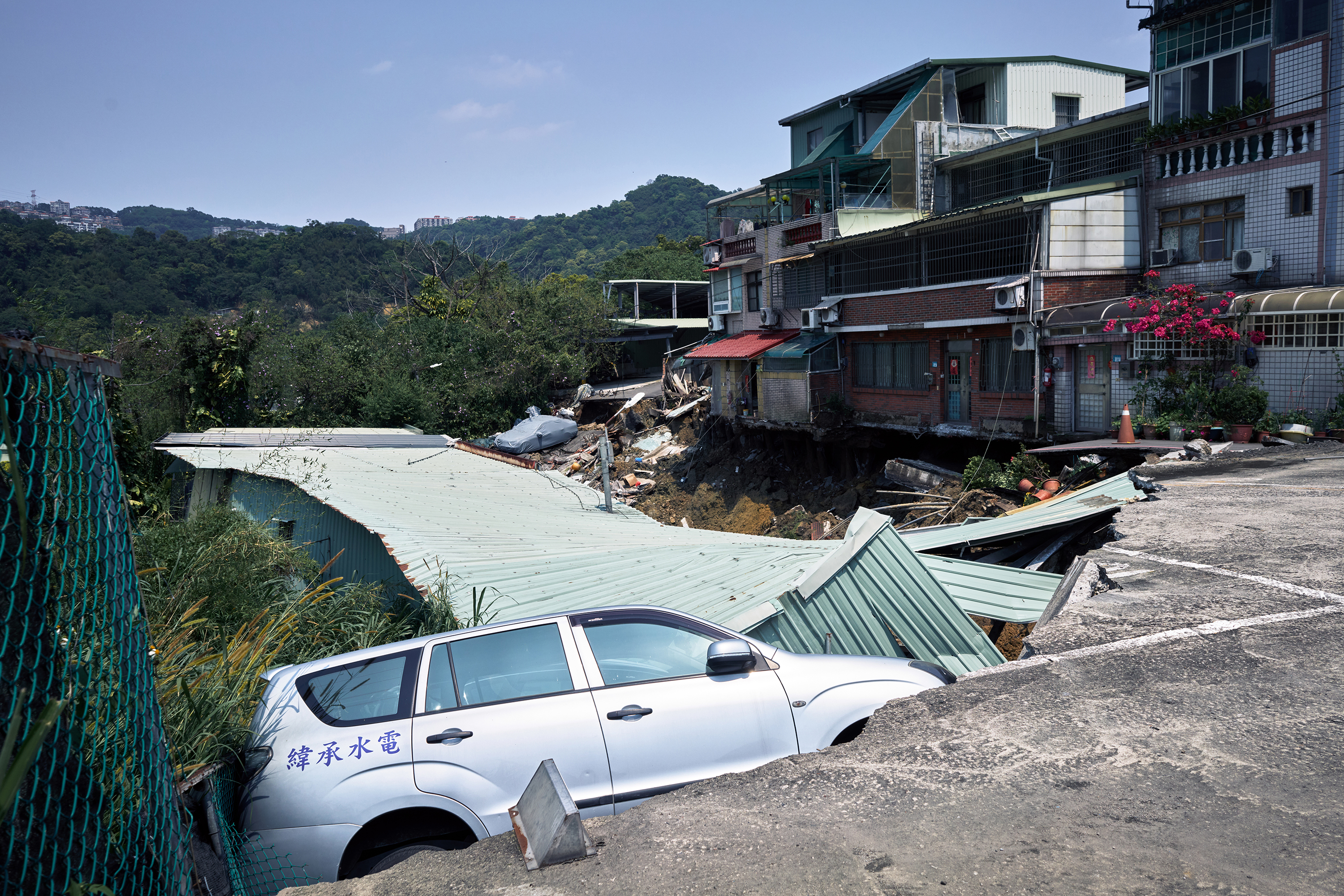
How do Earthquakes Happen?
Earthquakes occur due to movement along tectonic plates, large rocky slabs that make up the Earth's outer crust. These plates float on the mantle layer, and at fracture points, heat causes molten rock in the mantle to swell, causing plates to shift and migrate annually. These movements, known as plate tectonics, occur over billions of years. If plate edges catch on each other, strain accumulates, leading to plate ruptures and earthquakes. Regions above fault lines are particularly vulnerable. Ocean-bound earthquakes can trigger tsunamis, causing immense waves that travel at high speeds, resulting in devastating inundations upon reaching land.
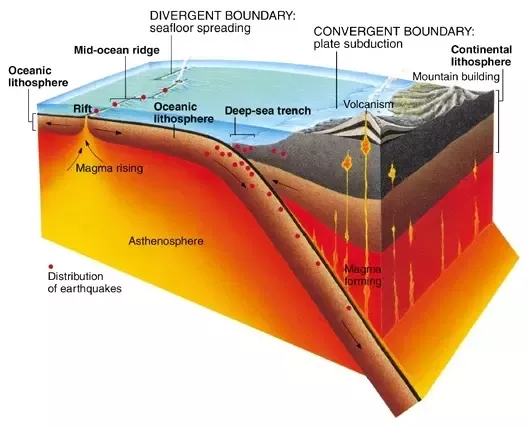
How are Earthquakes Measured?
Earthquakes are typically measured on the Richter scale, which uses a seismograph to categorize their magnitude from 1 to 10. Earthquakes with a magnitude of 1 are common and imperceptible, while those with a magnitude of 10 are rare and can cause significant damage. Seismologists believe that earthquakes exceeding 5.0 can cause significant destruction. The "moment magnitude scale" is increasingly preferred for accurately assessing large earthquakes exceeding 8.0, unlike the Richter scale.
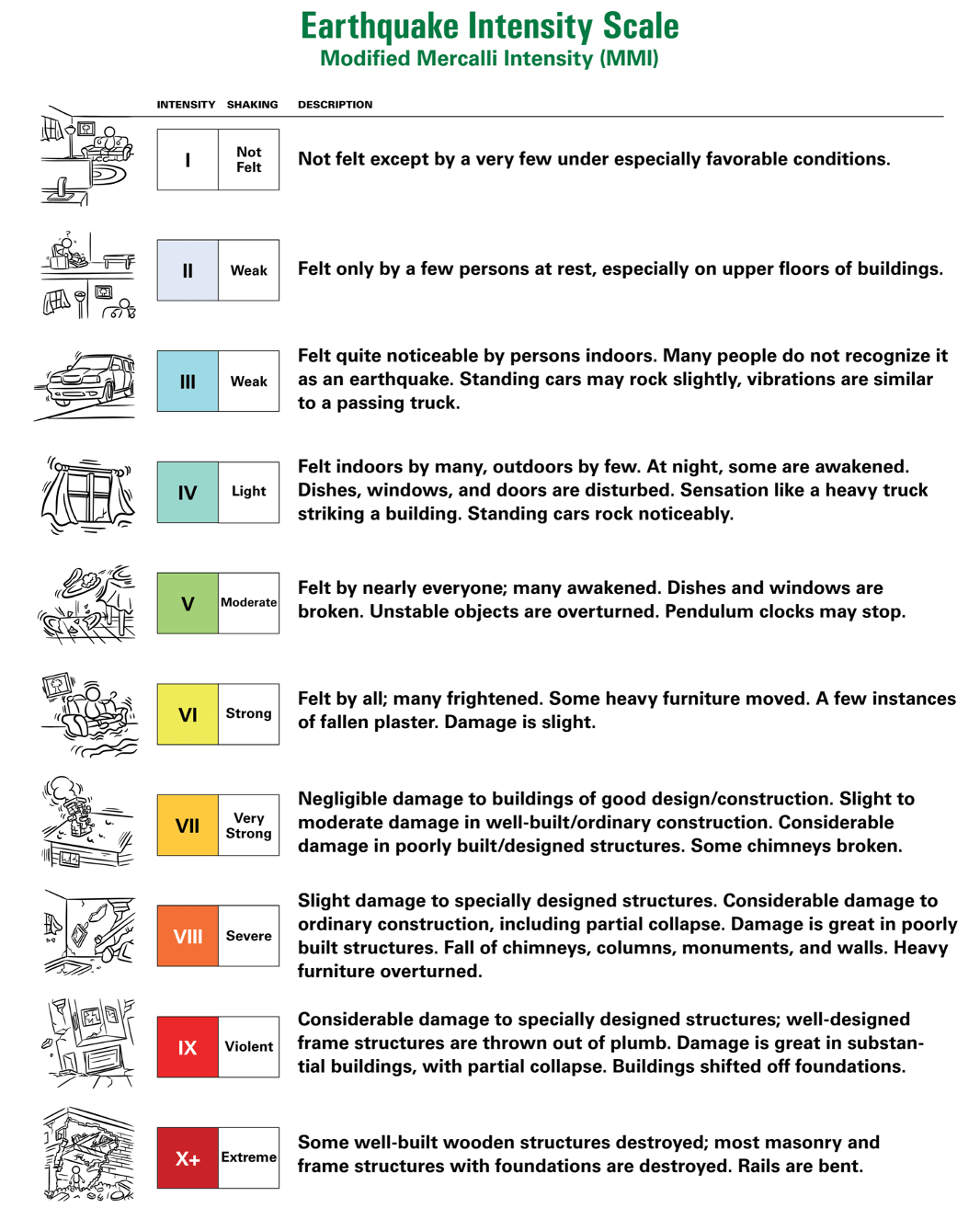
What are Aftershocks?
Aftershocks are smaller tremors that occur after a major earthquake, as tectonic plates continue to shift as they settle. These aftershocks can cause significant destruction, such as building collapse, injuries, and displacement. They are most pronounced two days after the earthquake and can persist for years. Typically, aftershocks are less severe than the main earthquake, but exceptions exist. They are an attempt by Earth's tectonic plates to readjust along a fault line.
Can You Predict Earthquakes?
While earthquake early-warning systems exist, they solely detect primary waves emitted by an earthquake seconds before impact. Experts maintain that no existing technology enables the long-term prediction of quakes. Unlike volcanoes, which can be forecast to some degree within a few days, earthquakes defy prediction, underscoring the inherent unpredictability of these seismic events.
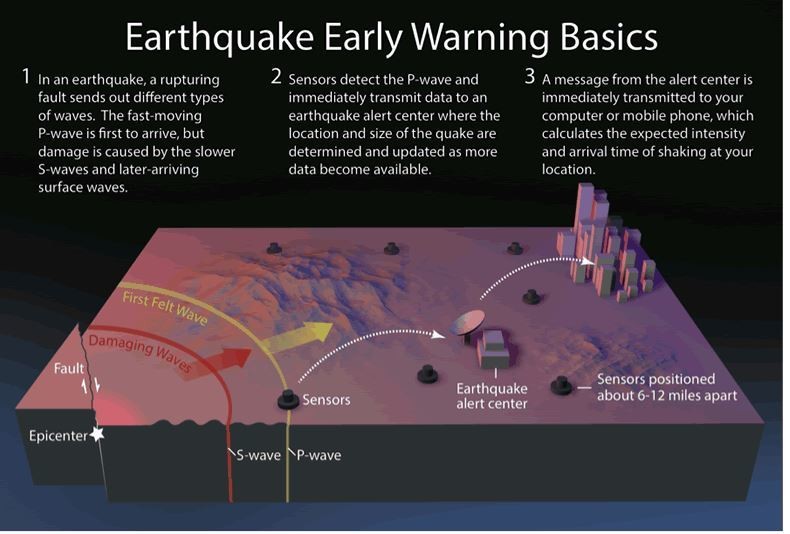
What is the Ring of Fire and Which Countries are in it?
The Ring of Fire represents the most seismically and volcanically active zone globally, as per the USGS. Spanning a 25,000-mile arc, it traverses through New Zealand, Japan, and along the west coast of mainland Asia, further extending down the western coastlines of the Americas. Approximately 81 percent of the world’s most sizable earthquakes, over 80 percent of tsunamis, and about 75 percent of all active volcanoes are situated within this zone. Notably, countries within the Ring of Fire have historically borne the brunt of catastrophic seismic and volcanic events, exemplifying the heightened geological activity prevalent in these regions.
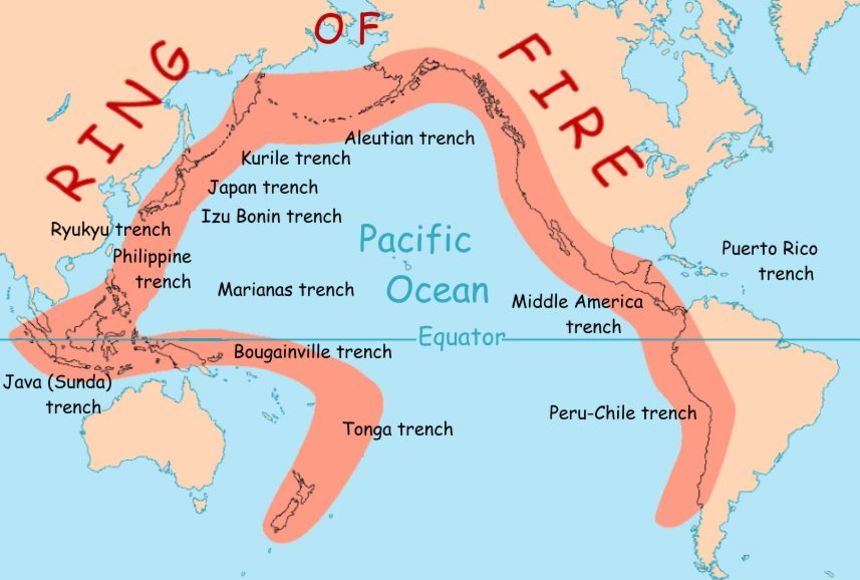
Why So Many Temblors?
Taiwan, positioned along the Pacific Ring of Fire, a circum-Pacific zone characterized by intense seismic activity, experiences frequent temblors. The convergence of the Philippine Sea Plate and the Eurasian Plate in the region generates considerable tension, culminating in periodic earthquakes. Taiwan's mountainous terrain exacerbates ground shaking during seismic events, often precipitating landslides and other secondary hazards, further amplifying the impact of earthquakes.
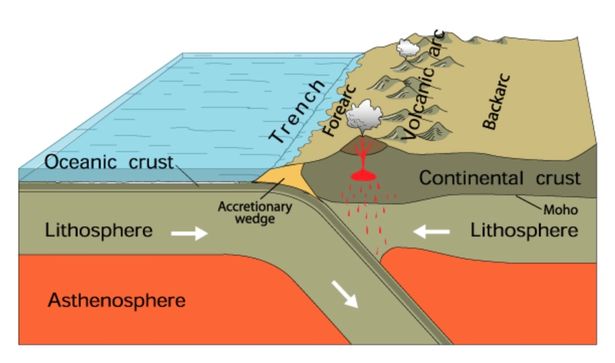
Why Does Taiwan Witness Frequent Earthquakes?
- Taiwan’s geographic location places it within a region of intricate tectonics, near the convergence of three major tectonic plates—the Philippine Sea Plate to the east and southeast, the Eurasia Plate to the north and west, and the Sunda Plate to the southwest causing moderate-to-large earthquakes frequently.
- Situated along the Pacific Ring of Fire, renowned for its active volcanoes and recurrent seismic activity, Taiwan remains vulnerable to earthquakes.
- Government enacted stringent building codes and strengthened disaster preparedness measures.
- Refinement of disaster response systems using technological advancements to enhance emergency response capabilities.
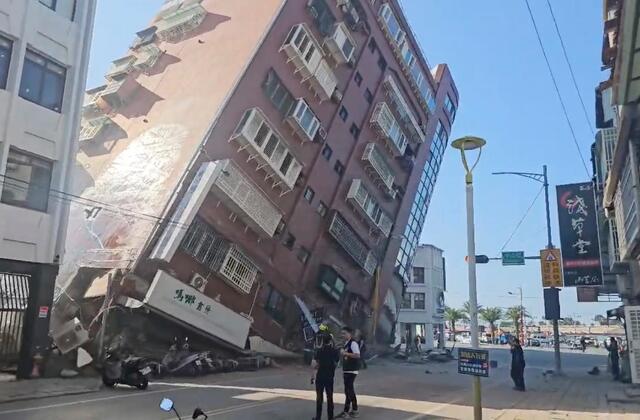
What Other Major Earthquakes Has Taiwan Experienced?
Throughout its history, Taiwan has grappled with several significant earthquakes.
- 1935: Deadliest earthquake in recent memory, claiming over 3,200 lives.
- 1999: 7.6-magnitude quake in central Taiwan, causing over 2,400 deaths and extensive property damage.
- 2016: 6.4-magnitude earthquake in southern Taiwan, causing 17-story building collapse, claiming 116 lives.
These seismic events underscore the persistent threat posed by earthquakes in Taiwan and the imperative of robust disaster preparedness measures.
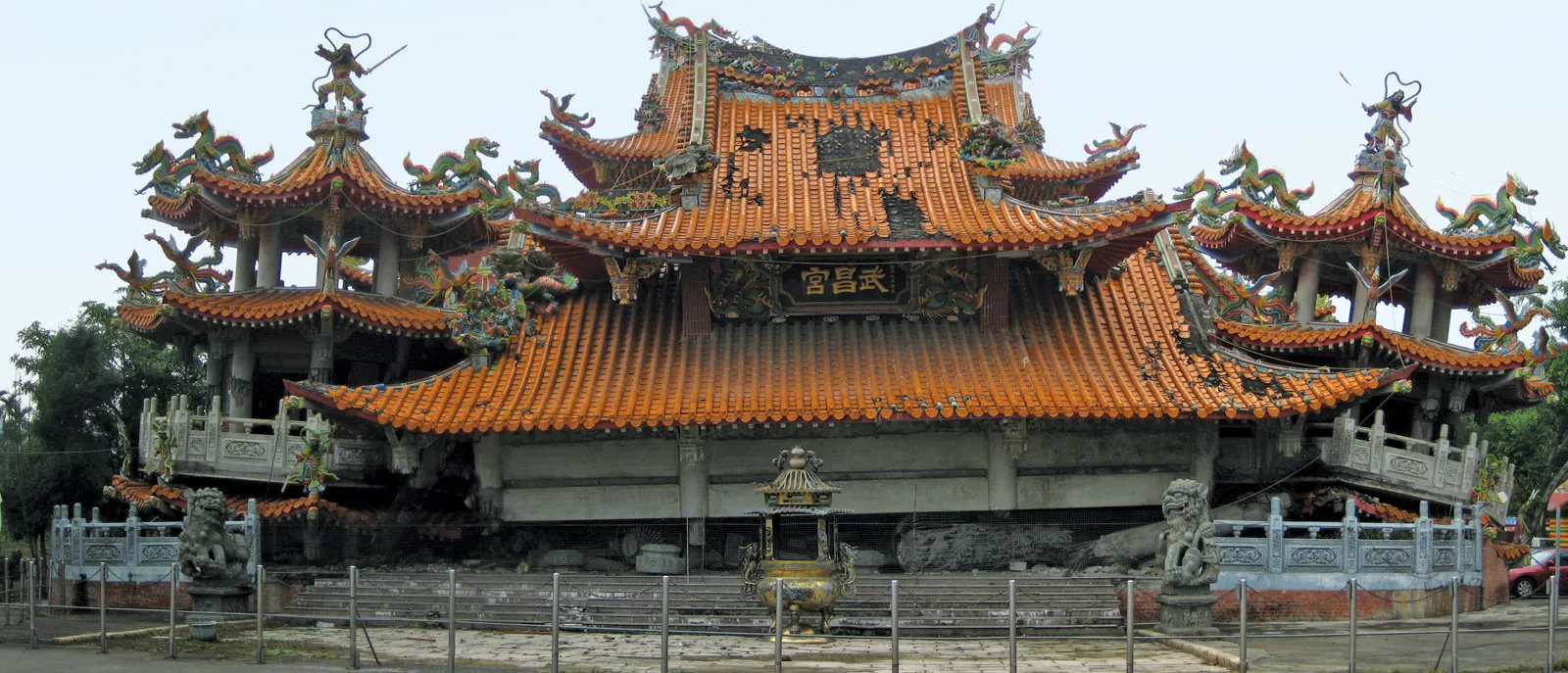
The 1999 Quake was a Wake-Up Call
Taiwan experienced a seismic wake-up call with the devastating quake of September 21, 1999, measuring 7.7 in magnitude. This catastrophe claimed 2,400 lives, injured around 100,000 individuals, and wrought extensive destruction. In response to deficiencies exposed in emergency response and disaster management during this event, Taiwan enacted administrative reforms aimed at fortifying resilience to earthquakes. Key legislative measures, including the Disaster Prevention and Protection Act, were instituted, alongside the establishment of national centers tasked with enhancing coordination and training for earthquake preparedness. The aftermath of the 1999 earthquake catalyzed significant improvements in Taiwan's disaster management infrastructure, fostering a more proactive approach to earthquake preparedness.
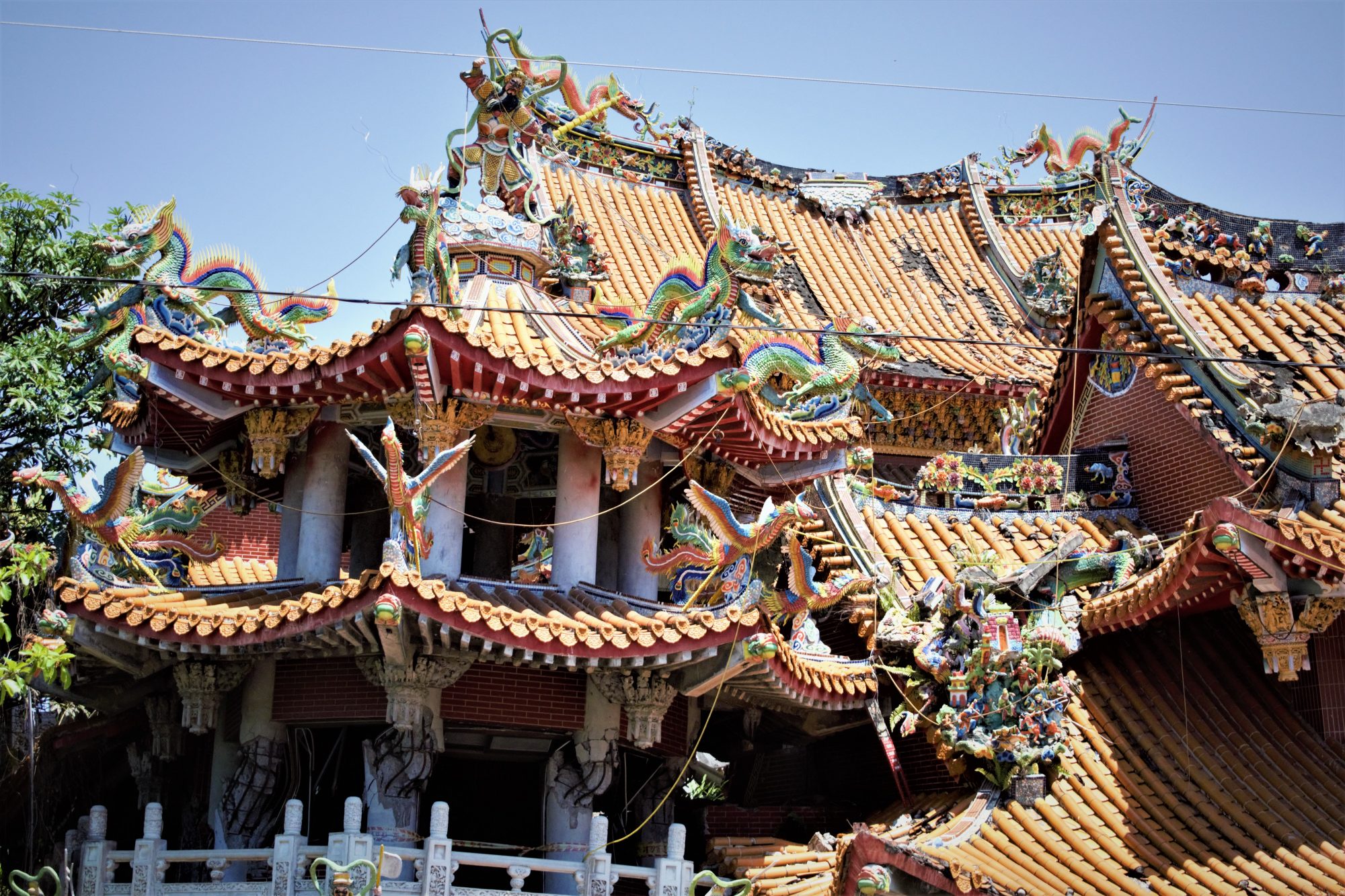
How Well-Equipped is Taiwan to Handle Quakes?
In recent years, Taiwan has undertaken concerted efforts to bolster its resilience to earthquakes. Campaigns aimed at retrofitting older buildings to withstand seismic activity have been initiated by local authorities. The government has mandated reviews of thousands of buildings for earthquake susceptibility, with owners compelled to undertake necessary improvements to enhance structural integrity. Furthermore, changes to building codes have been implemented to enforce reinforcements for structures vulnerable to earthquakes. Taiwan's comprehensive earthquake preparedness measures encompass public awareness campaigns, earthquake drills, and investments in advanced seismic monitoring infrastructure.
These concerted efforts have significantly augmented Taiwan’s resilience to earthquakes, mitigating the potential for catastrophic damage and loss of life.
Image Source: Multiple agencies
© Copyright 2024. All Rights Reserved Powered by Vygr Media.

